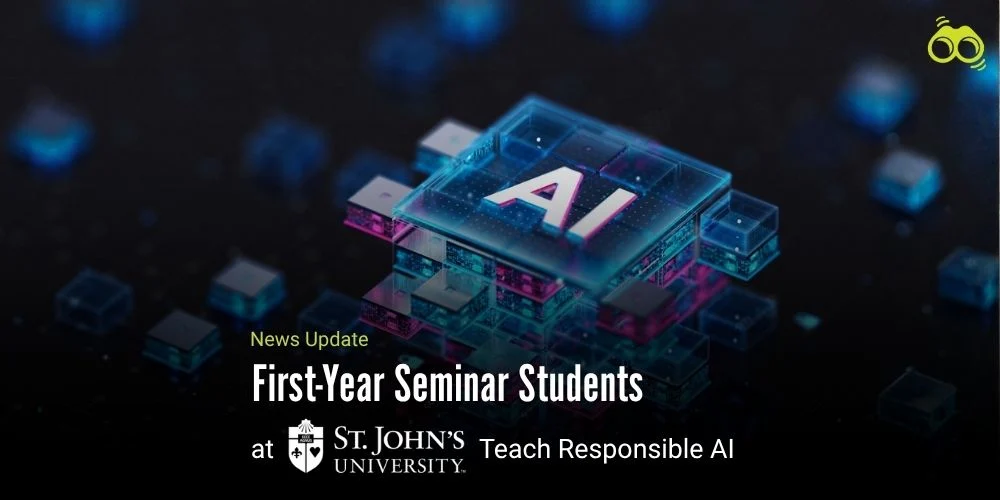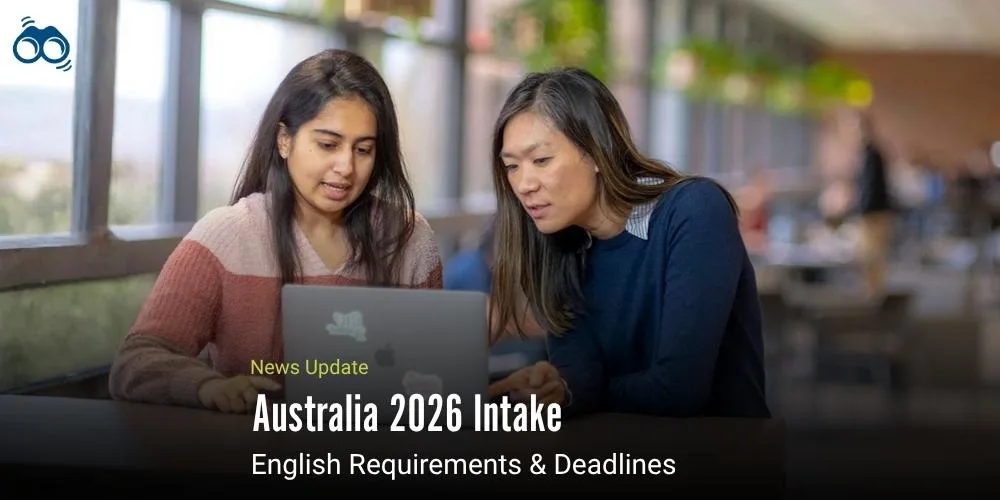Australian Vocational Education Providers Explore New Pathways With India’s Skilling Ecosystem
Australia–India VET Partnership Expands Through Industry-Driven Training and Technology Solutions
A major step in the Agreement on Vocational Education and Training between Australia and India was highlighted this week in New Delhi. A 35-member Australia–India VET delegation arrived to look at new ways of working together in education and skills development. The visit was seen as part of a growing partnership to strengthen training and create future-ready learning opportunities.
The delegation represented 24 companies and included a wide mix of organisations. These were said to range from Registered Training Organisations (RTOs) and Technical and Further Education (TAFE) institutes to non-university higher education providers, audio-visual system specialists, and education management firms. The group’s purpose was explained as exploring how Australia’s expertise in vocational education could connect with India’s fast-changing skilling ecosystem. By doing so, both countries aim to build stronger pathways for training, technology-enabled learning, and workforce development.
Introducing India's 2025 Pavilion in What Australia Has in Store for Its Skilling, the delegation was reported to be part of such an event because of the initiative led by the Australian Trade and Investment Commission (Austrade) in conjunction with Global Victoria, Investment New South Wales, and Trade and Investment Queensland.
Background and Purpose
Officials have stated that the Australian VET-EdTech mission or engagement in India was with cooperation with Indian government agencies, industry bodies, and education institutions to explore concepts of possible future collaborative opportunities between Australian VET providers and Indian skilling institutions. The current emphasis was said to be on future-ready curriculum design, scalable technology-enabled training, and pathways for lifelong learning.
As reported by Austrade representatives, this delegation partook in broader efforts to enhance skilling partnerships between Australia and India, drawing on a very strong bilateral relationship in education and workforce mobility.
Statements from Austrade
Trade and Investment Commissioner at Austrade, Mr Vik Singh, was reported to have stated that education remained one of the strongest pillars within bilateral relations. He stated that Australia’s strengths in industry‑focused vocational education were closely aligned with India’s national priorities in skill development, employability, and education reform.
It also explained that the organisation of the delegation reaffirmed Austrade's commitment to strengthening vocational education and training in Australia and India. Singh was reported to have said that Australia's globally recognised VET system brought in robust regulatory frameworks, flexible delivery models, and deep education-industry linkages.
Wider Trends in Collaboration
Observers noted that the Australian Trade and Investment Commission delegation, Skilling India 2025, added to the already strong ties in higher education. Australian universities were said to be developing campuses in India, while dual-degree programs with Indian institutions continued to multiply.
The contribution of Australian VET and EdTech companies was said to be vital in India's future-ready design of curricula, particularly in rendering scalable, work-integrated learning, both in urban and regional settings. This larger context was seen as part of an Australia-India partnership on scalable technology-enabled vocational training, mirroring global trends in transnational skills development Australia-India.
Public Interest and Future Steps
It was said that the delegation could be beneficial in many ways for the Indian learners, as it developed advanced skills, ready for the future. Expertise is proven in VET programs driven by industry in Australia, and this combination is expected to bolster employability and innovative economic growth because of India's sheer scale. Reinforced Trust in Transparency: National Priorities in Skill Development. Most of all, it was perceived as opening avenues for students and professionals to partner with Australian VET providers for training in India, collaborating with Ed-Tech companies for vocational projects, and establishing joint training centres with Australian vocational institutions.
In short, the reported Australia-India VET partnership showcased at DIDAC India 2025 was a timely initiative that combined Australia's skilling expertise with India's ambition for large-scale education reform. The mission was said to highlight how Australia's 35-member VET EdTech delegation strengthens skilling partnerships in India, bringing practical solutions in curriculum design, technology-enabled training, and lifelong learning.
Ultimately, this whole endeavour was categorised within public interest, which ensures it is going to help Indian learners acquire advanced skills, get competitive employment, and potentially add to the future development in terms of workforce development in both countries.
Editor’s Note:
This week's Report highlights the burgeoning Vocational Education and Training (VET) landscape that is forming a comprehensive network of relationships between Australia and India. The arrival of 35 delegates, representing 24 organisations, in New Delhi was a concrete and strategic move, not just a symbolic gesture. Its purpose was to practically advance and establish stronger pathways in vital areas: skills development, technology-enabled learning, and workforce enhancement. Australia's strengths are in industry-focused vocational education, whereas India's national priorities deal with skill development, employability, and educational reforms. Hence, it was appropriate that the delegation brought together Registered Training Organisations, TAFEs, EdTech providers, and education management firms, demonstrating the range of expertise Australia has to offer. In turn, India's scale and ambition in skilling make it a wonderful partner in this collaboration. The initiative by Austrade, supported by State Investment bodies, accentuates a global trend in education: partnerships are no longer just limited to universities but even encompass vocational training and lifelong learning. It is instrumental since it ensures equal access for learners in both urban and regional settings to future-ready curricula and work-integrated training. This mission is important because it holds the promise of tangible benefits: advanced skills, enhanced employability, and opportunities for Indian students and professionals alike to collaborate with Australian providers. The glimmer of hope it holds for institutions includes joint training centres, scalable technology-enabled programs, and transparency in processes that safeguard the rights of learners. The significance of this delegation is tied to its timing. With India driving forward its education reforms and Australia seeking to solidify deeper ties within Asia, this partnership presents an enviable opportunity for tangible collaboration. The key challenge, however, will be moving beyond mere announcements and ensuring these commitments translate into accessible programs, equitable processes, and measurable outcomes.
Skoobuzz believes that this delegation represented a wonderful opportunity to transform mutually shared aspirations into action and contribute to preparing both nations' citizens for the challenges imposed by the changing global economy.
FAQs
1. Why was the Australia–India VET delegation organised?
The Australia-India VET delegation was reported to have been organised to strengthen vocational education and training links between the two countries. The visit was said to highlight Australia’s expertise in industry‑focused vocational education and India’s national priorities in skill development, employability, and education reform.
2. Who was part of the delegation?
The delegation was described as comprising 35 members representing 24 companies, including Registered Training Organisations (RTOs), Technical and Further Education (TAFE) institutes, non‑university higher education providers, audio‑visual system specialists, and education management firms. This diverse mix was said to showcase Australia’s capacity in vocational education and EdTech solutions.
3. What response did authorities give during the visit?
Officials explained that the initiative was led by the Australian Trade and Investment Commission (Austrade) in partnership with Global Victoria, Investment New South Wales, and Trade and Investment Queensland. Austrade representatives reaffirmed their commitment to strengthening vocational education training in Australia and India, emphasising robust regulatory frameworks, flexible delivery models, and deep education–industry linkages.
4. How will this impact Indian students and professionals?
For Indian learners, the delegation was said to open new pathways to advanced skills, industry‑driven programmes, and technology‑enabled training. It was explained that the collaboration would improve employability, safeguard learners’ rights through transparent procedures, and provide access to scalable, work‑integrated learning opportunities across both urban and regional settings.
5. What are the wider implications of this partnership?
Observers noted that the Australian VET‑EdTech mission to India added a new dimension to existing education ties, complementing Australian universities' setting up campuses in India and expanding dual‑degree programmes. The initiative was seen as part of a broader trend in transnational skills development between Australia and India, reflecting global demand for future‑ready curricula and lifelong learning pathways.
6. What future steps are expected?
Future steps were described as focusing on scalable technology‑enabled vocational training, curriculum design, and joint training centres. It was said that learners and professionals could partner with Australian VET providers for training in India, collaborate with EdTech companies for vocational projects, and benefit from transparent procedures that align with public interest and national priorities.
7. Why is this initiative important for public interest?
The delegation was categorised as a public interest initiative because it promised practical benefits for both nations. It was explained that combining Australia’s proven skilling expertise with India’s scale would support innovation, economic growth, and workforce development, while ensuring fairness, safety, and transparent procedures in vocational education.














0 Comments (Please Login To Continue)